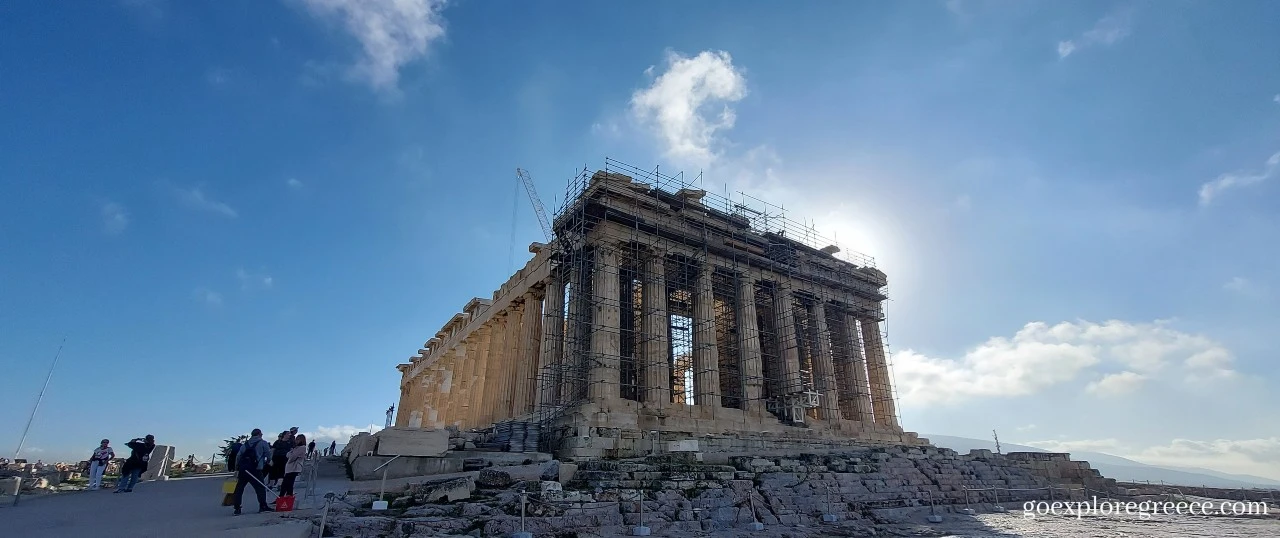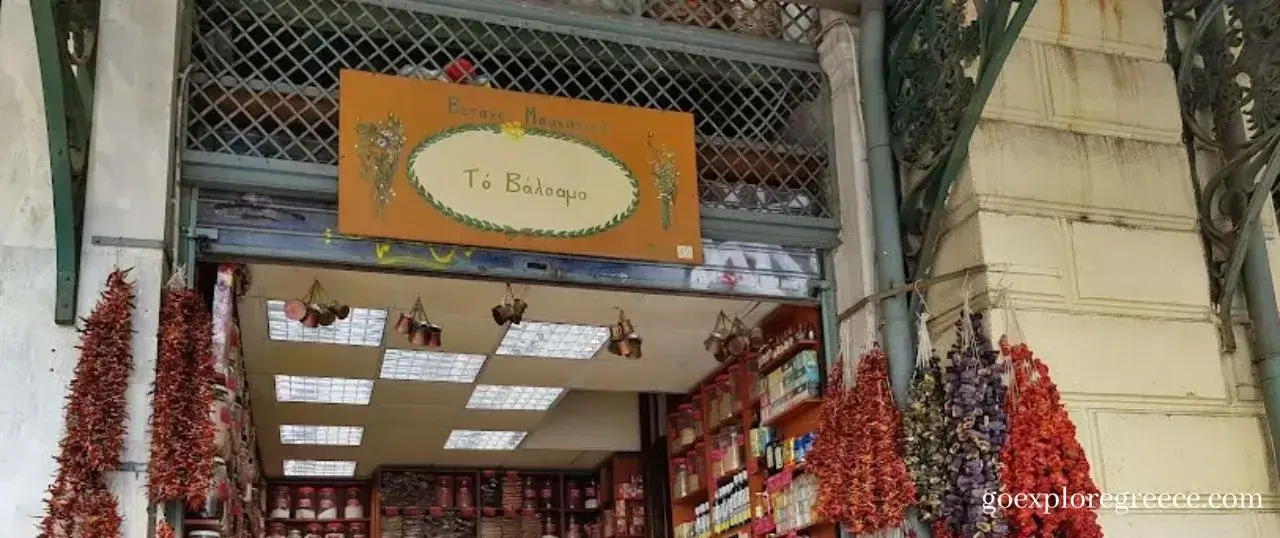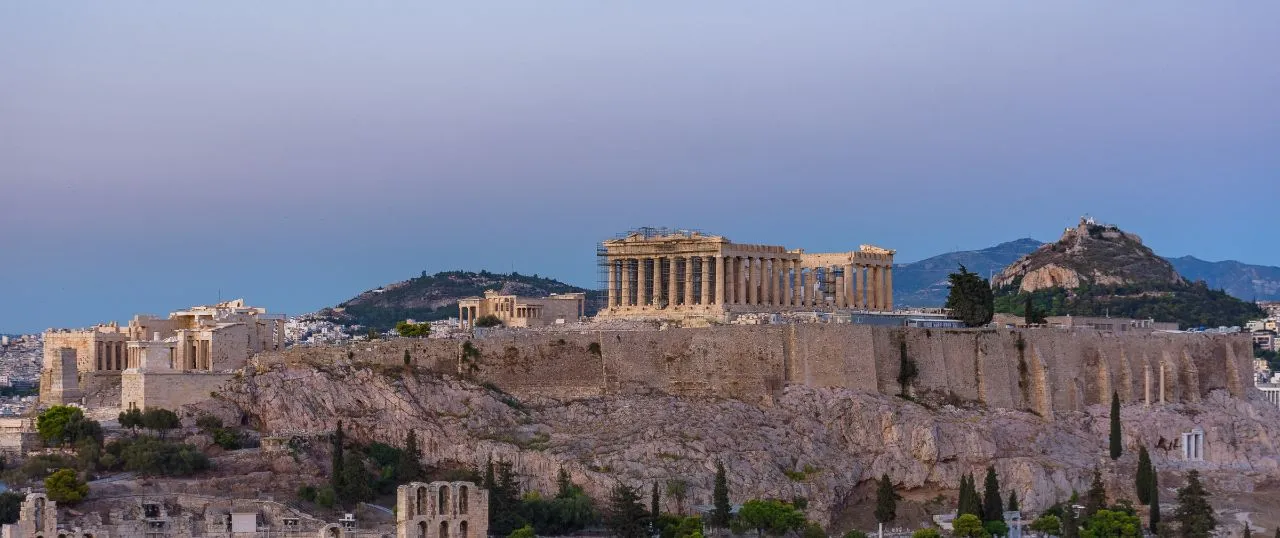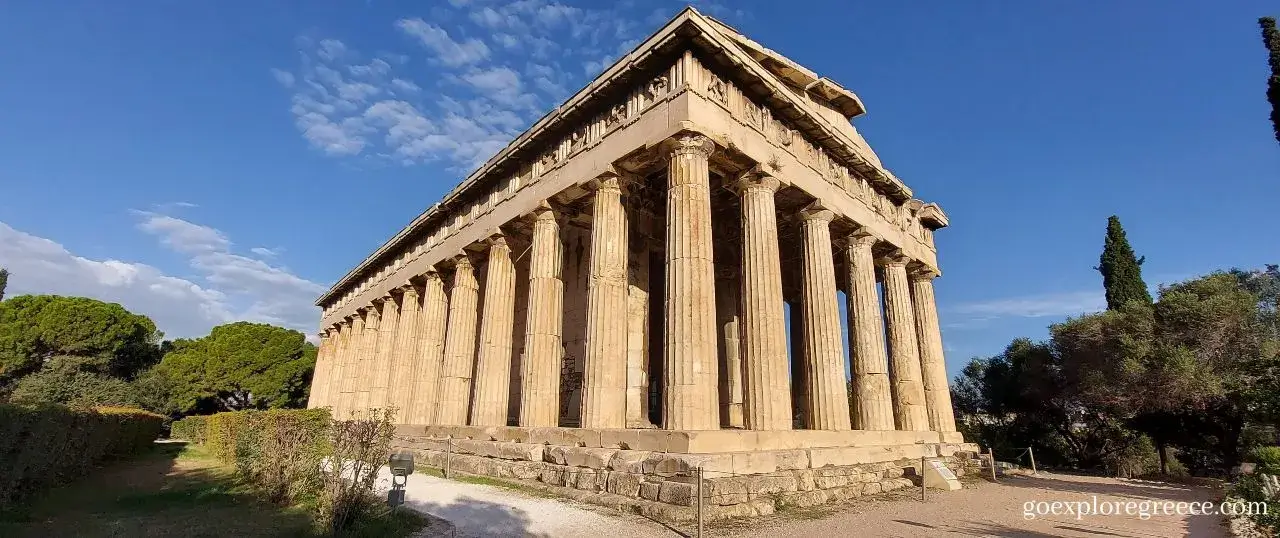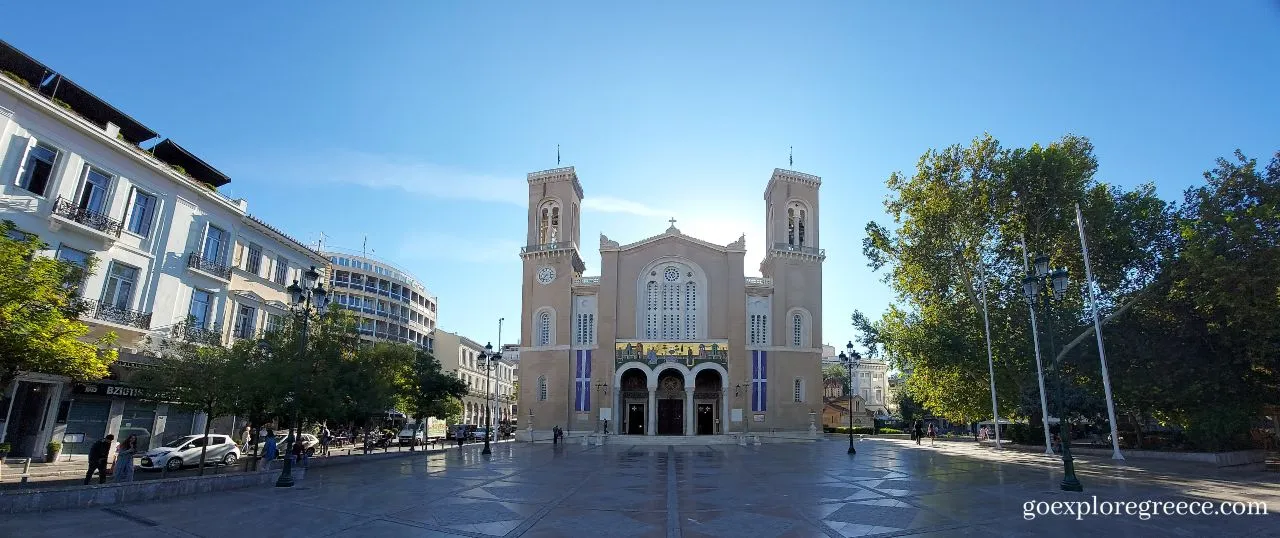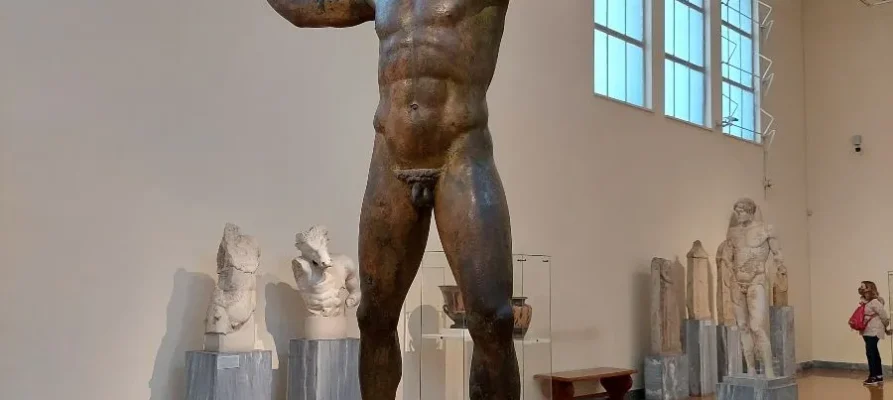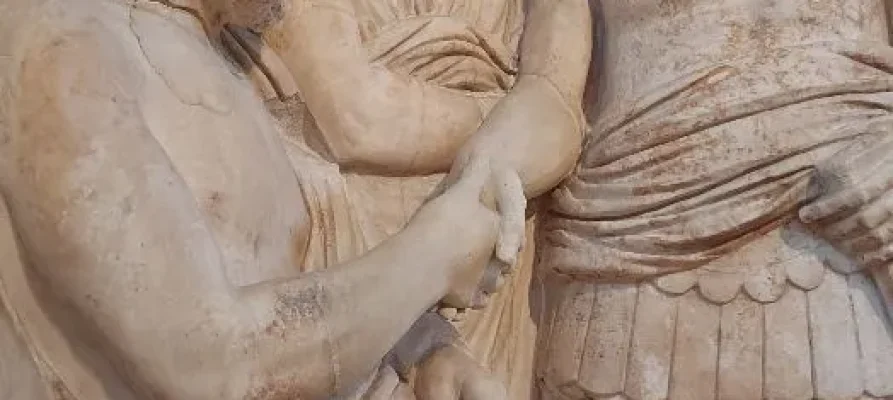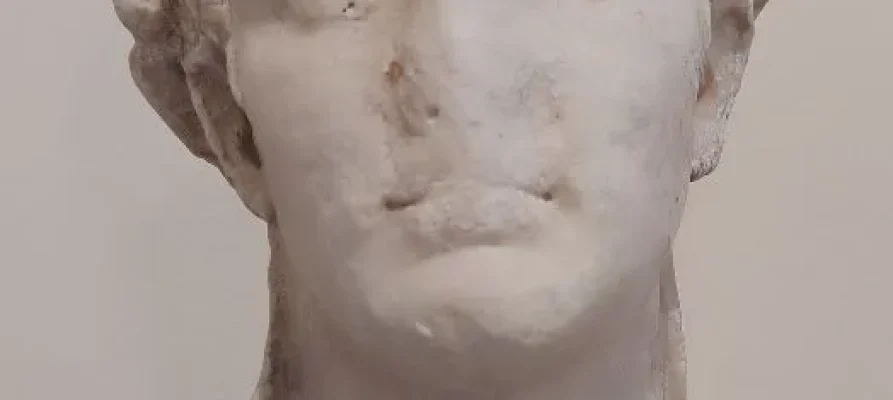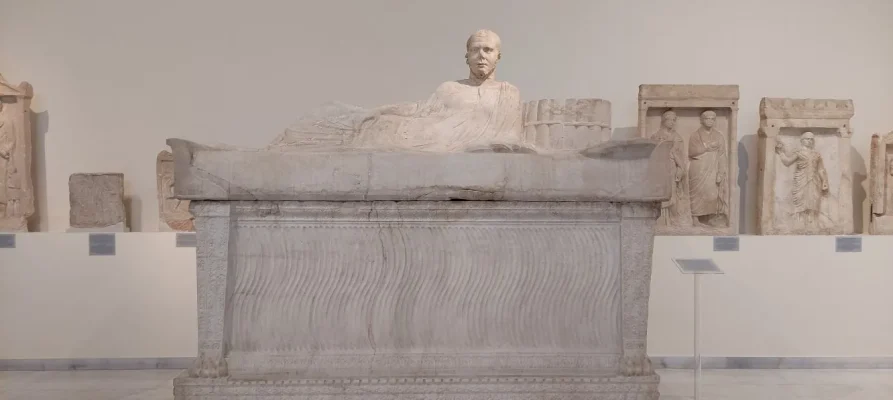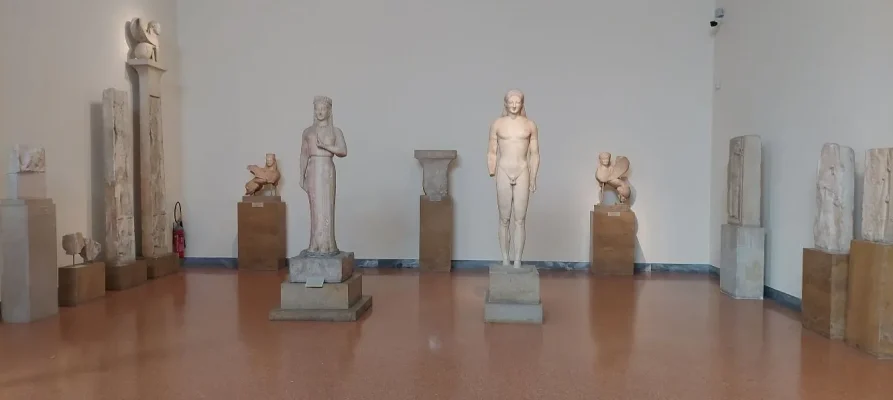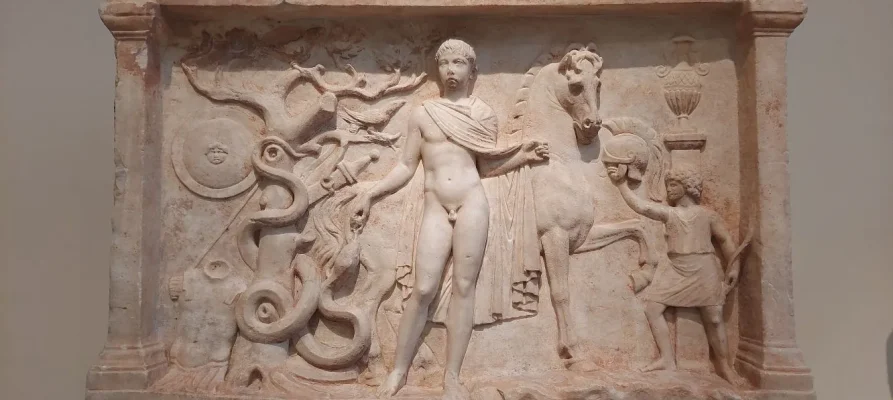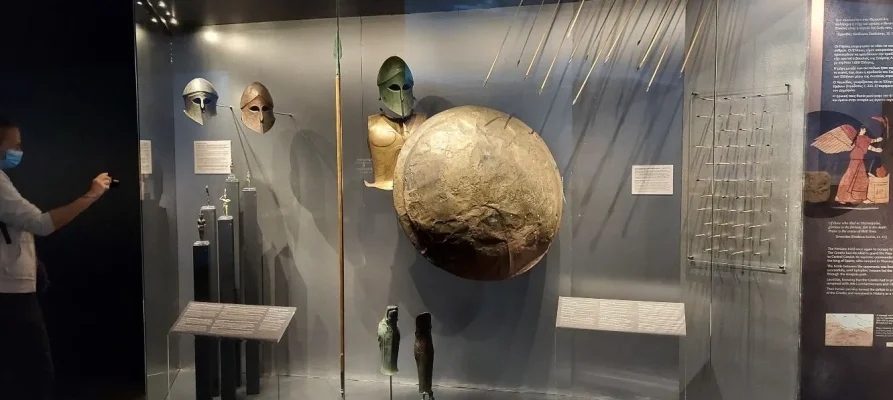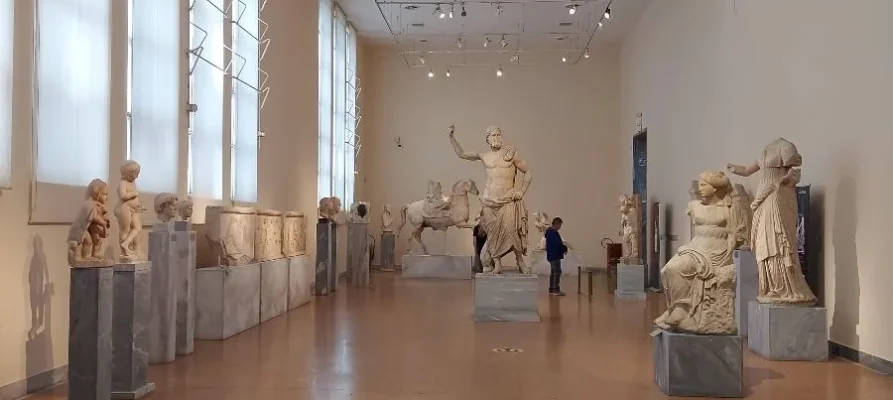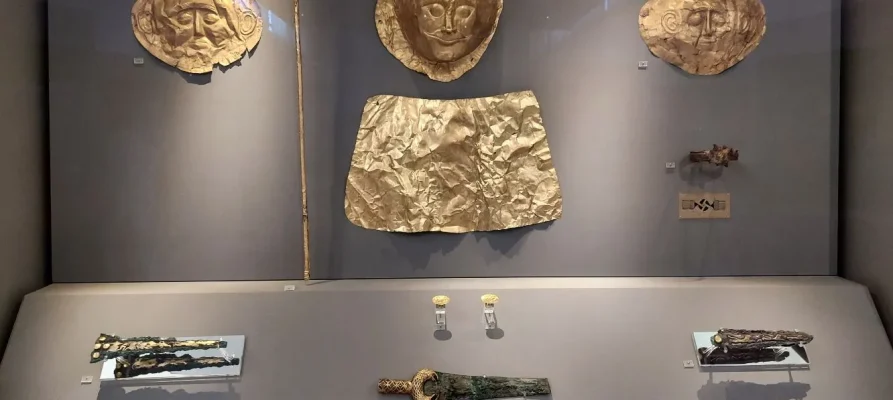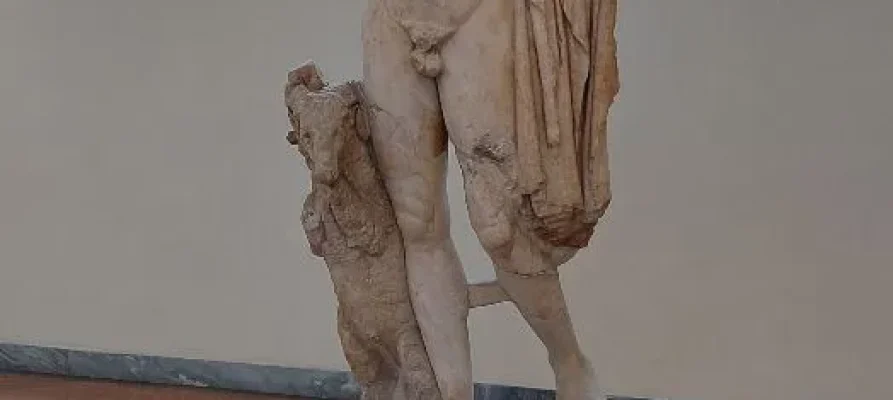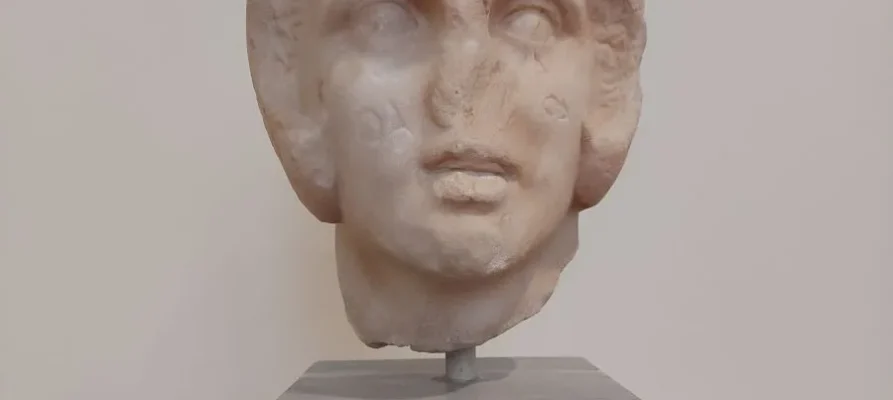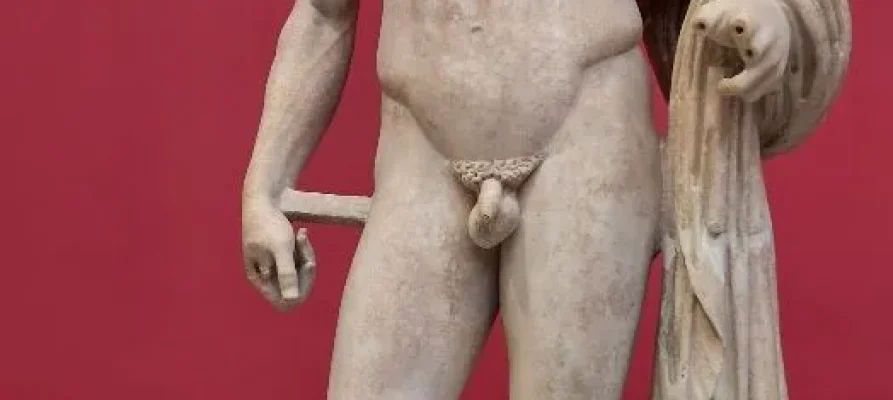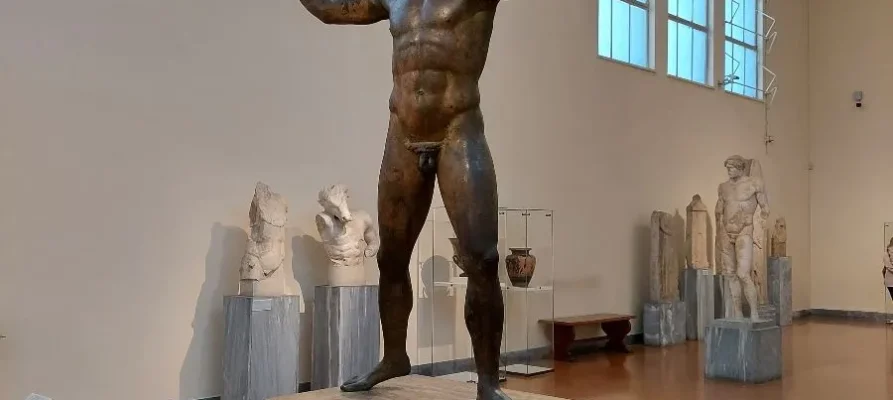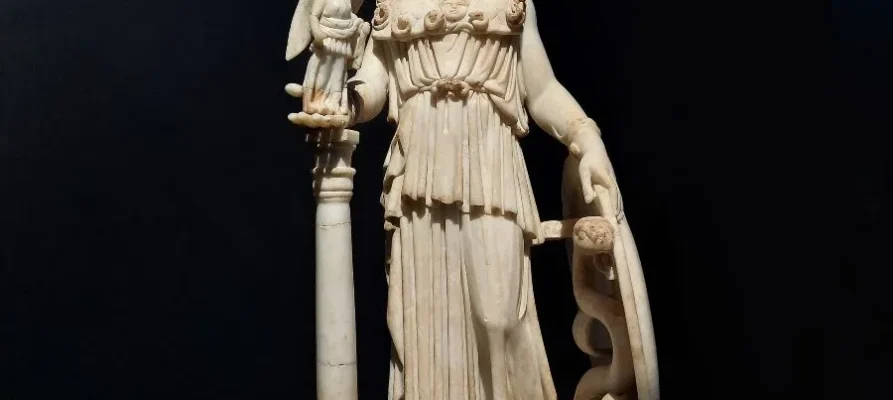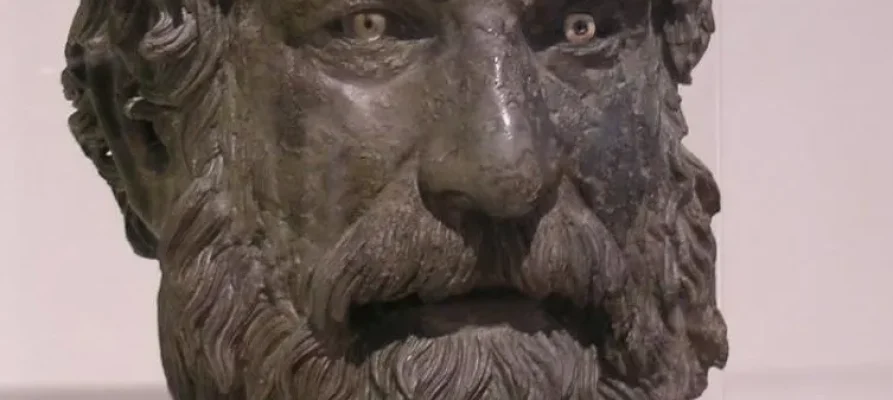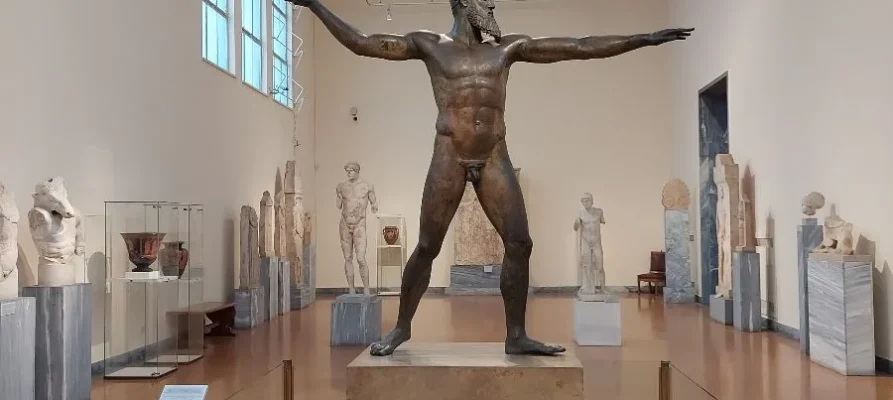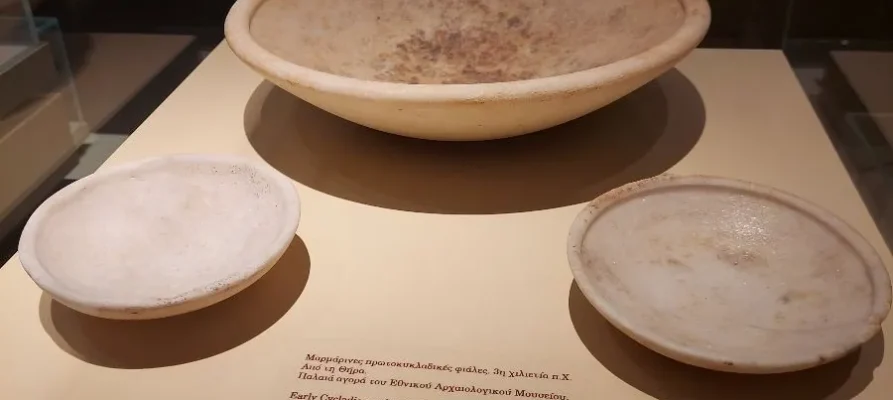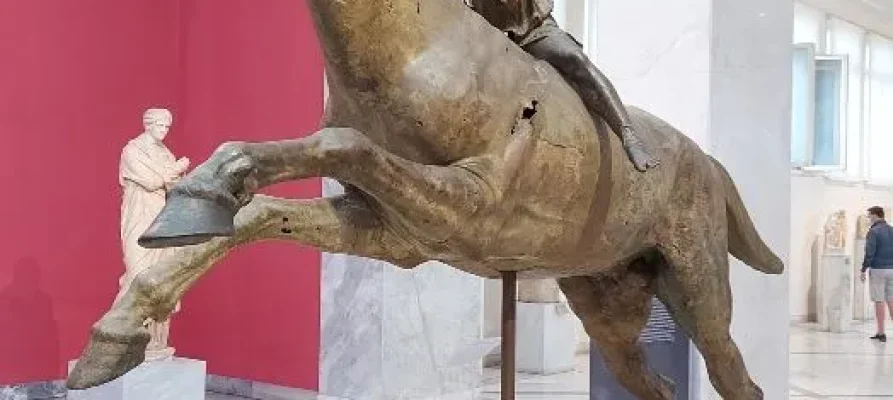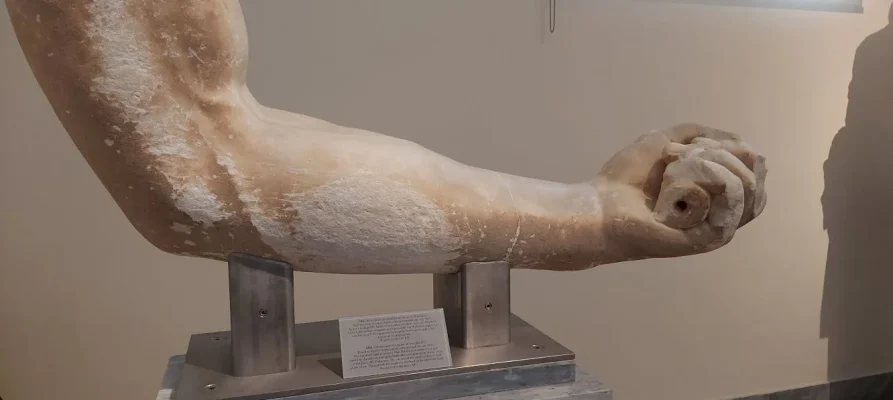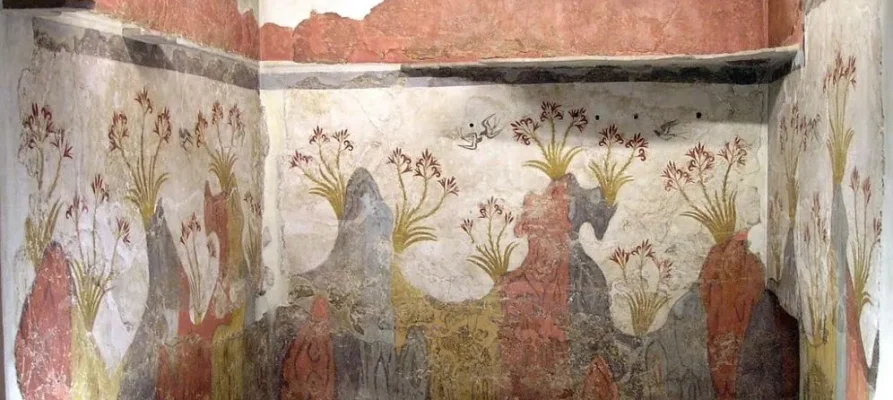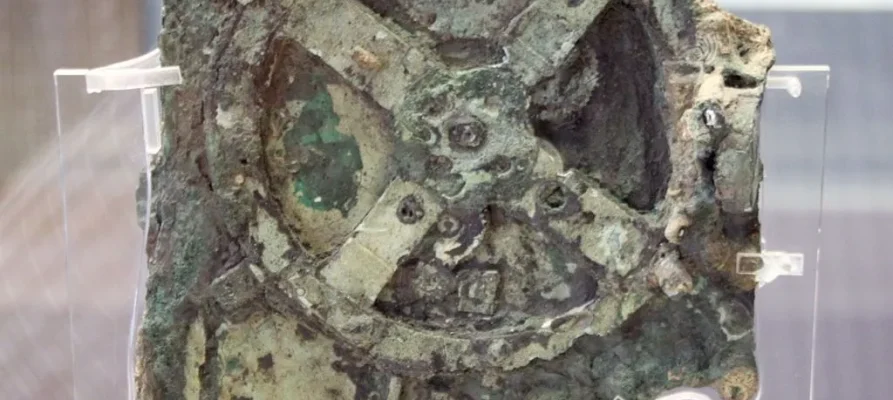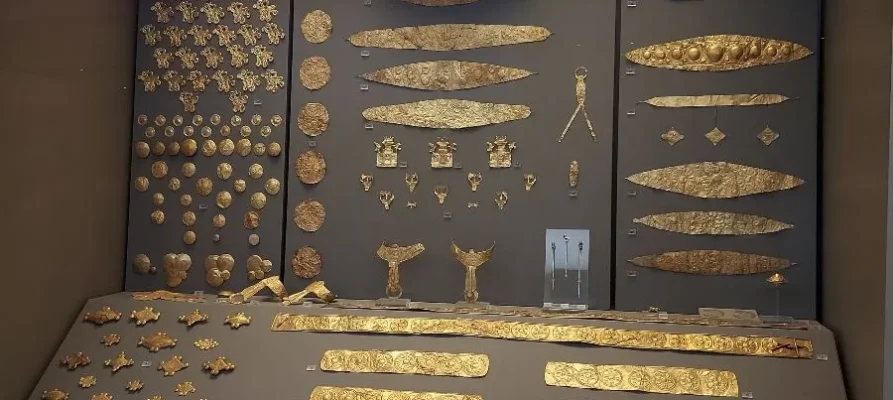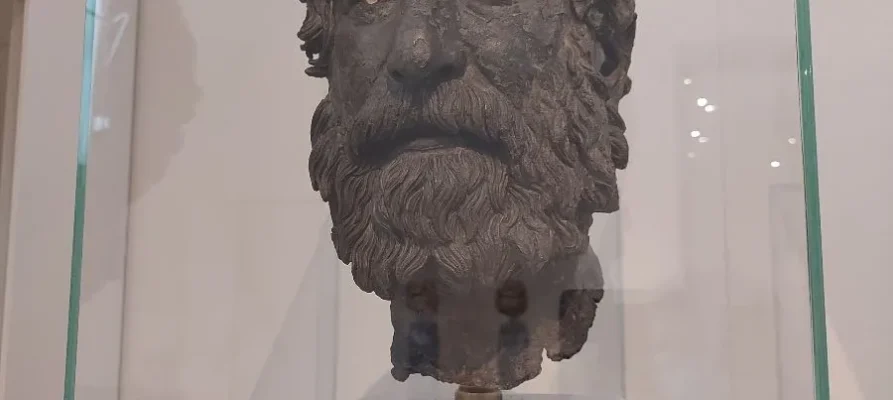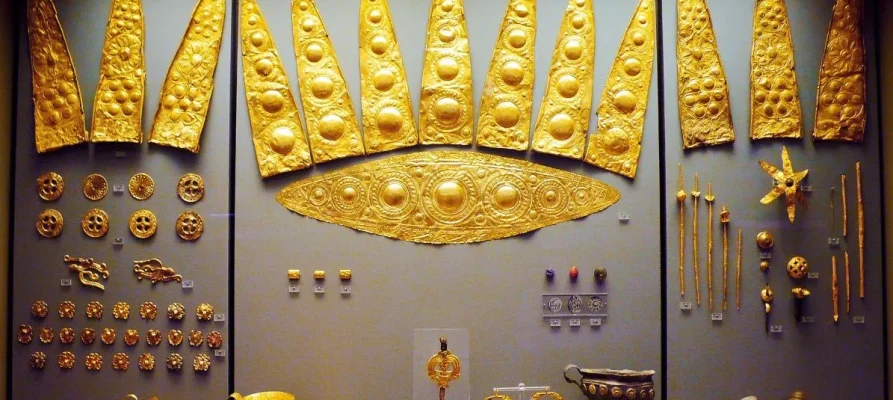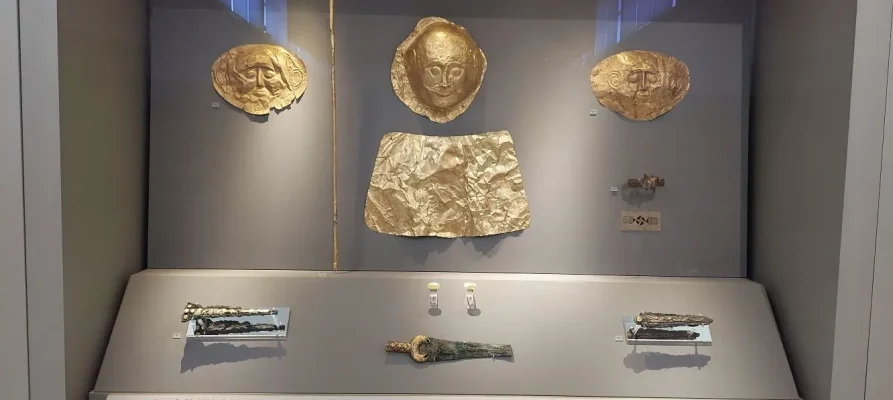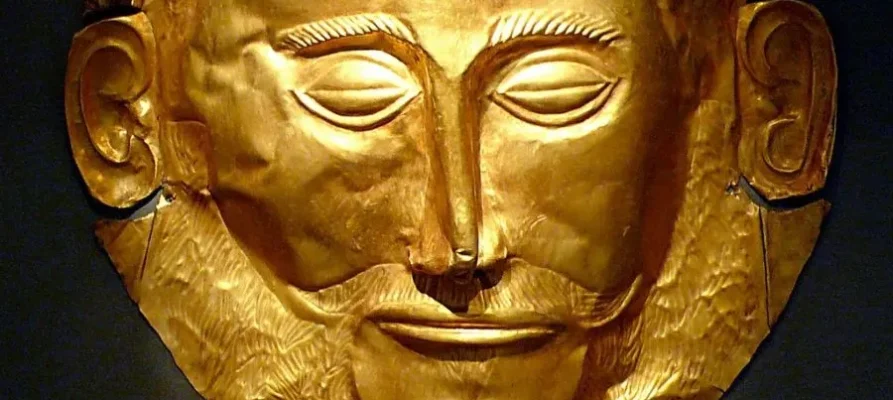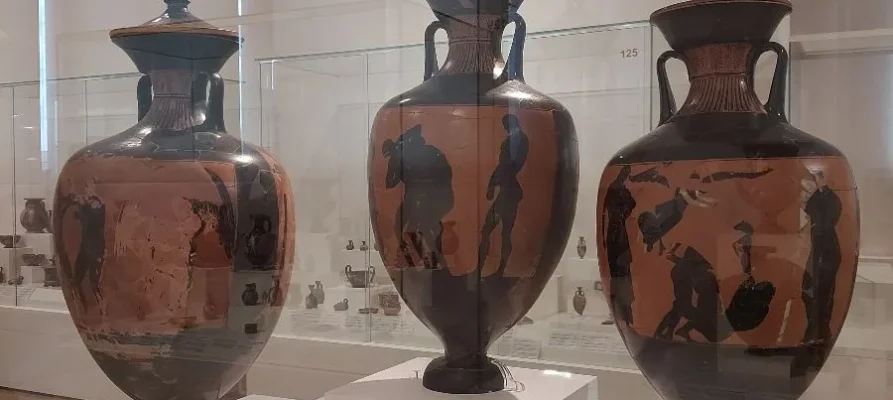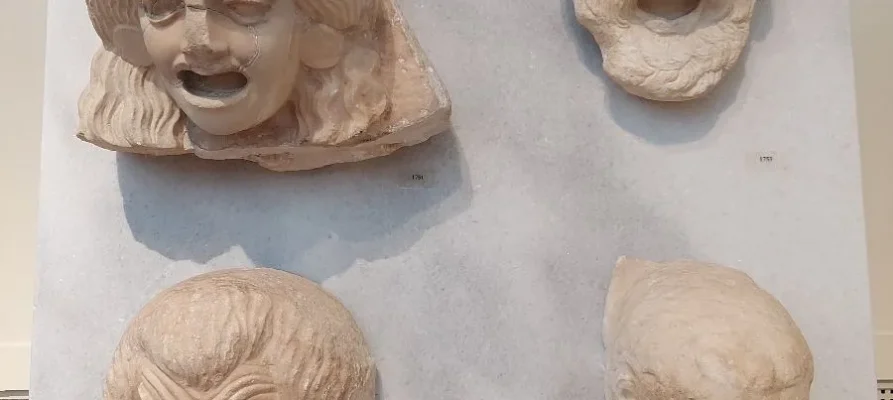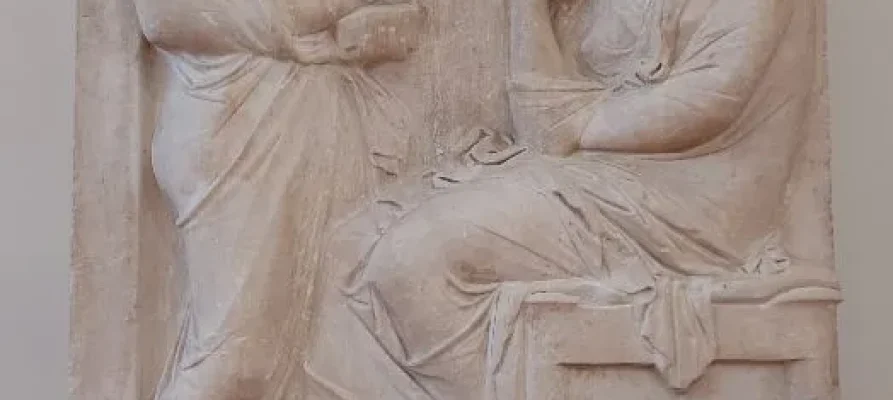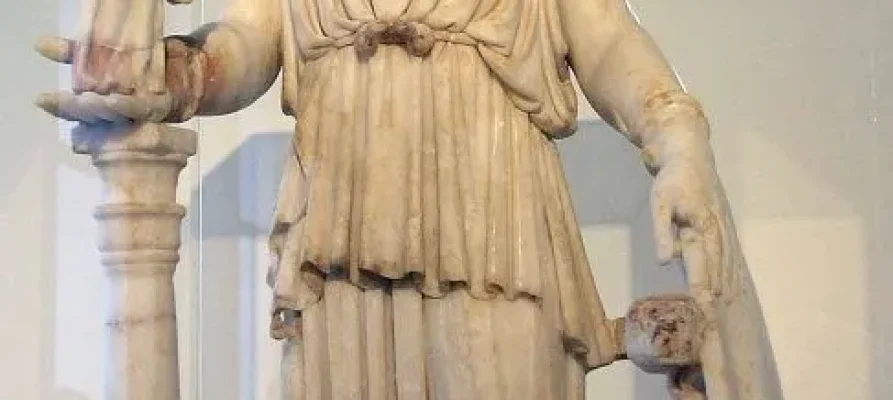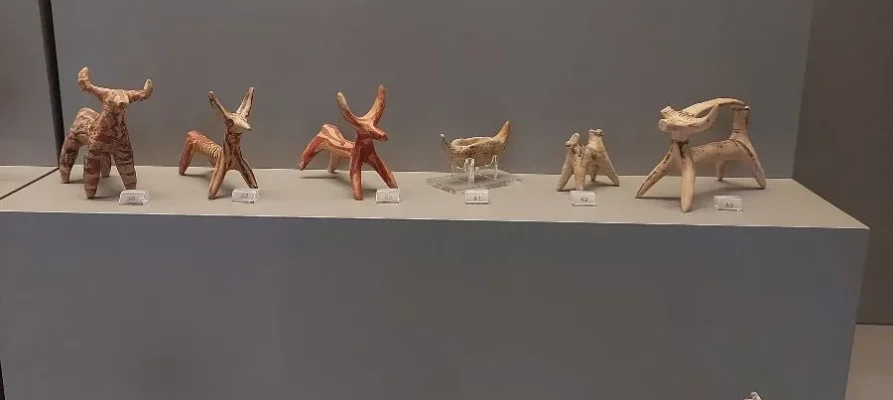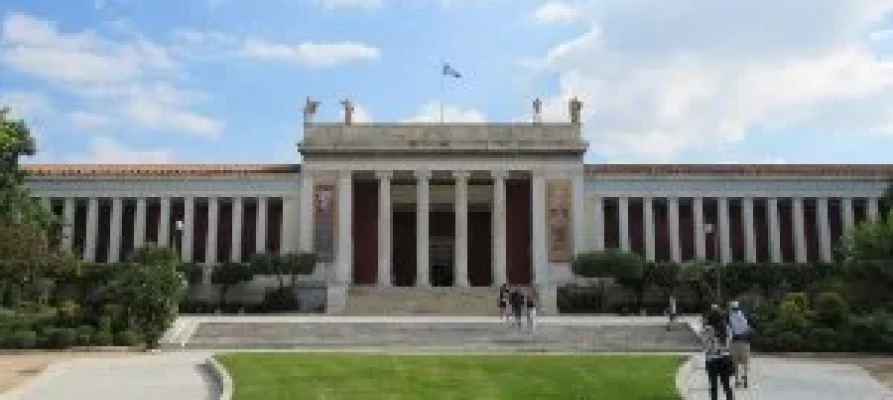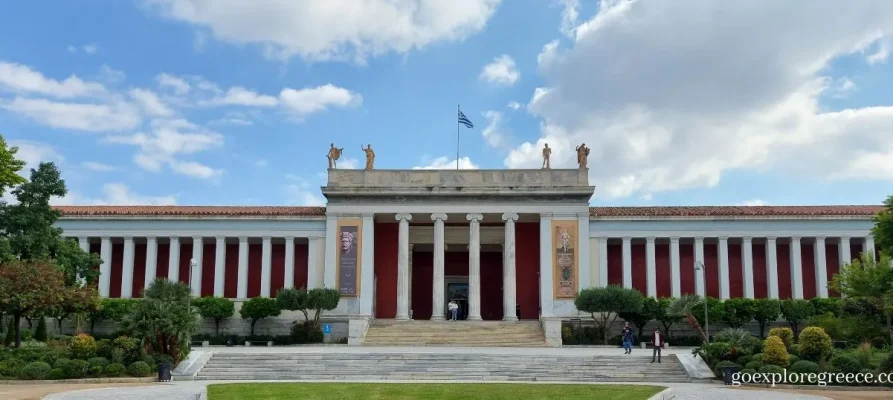National Archaeological Museum
National Archaeological Museum
The National Archaeological Museum Athens is genuinely one of the best museums in Athens and an absolute must-see among the many Athens attractions. This exceptional museum is not only a treasure trove of ancient artefacts, but it’s also the perfect place to immerse yourself in the rich history of Greece, and it’s definitely one of the top things to do in Athens.
Just a five-minute walk from the Hellenic Motor Museum, it’s sometimes referred to as the Ethnikó Archaiologikó Mouseío or simply the NAM, is conveniently located in the Athenian neighbourhood of Omonia, in the city’s heart. It is easily accessible by public transport, with the metro station just a few minutes walk away. It is a perfect stop in your itinerary while exploring the many museums in Athens.
The museum’s primary purpose was, and still is, to preserve and showcase the rich cultural heritage of Greece from prehistoric times to late antiquity. Established in 1829, the museum was initially built to house and protect the numerous artefacts excavated during the early 19th century. The building itself, designed by architect Ludwig Lange, was completed in 1889 and has since undergone several renovations to accommodate the ever-growing collection.
Stepping into the museum, you’ll be instantly captivated by the vast collection of over 11,000 exhibits beautifully displayed across five large halls. Each hall is dedicated to a specific era or theme, allowing you to journey through the different periods of Greek history as you explore the galleries.
Starting with the Prehistoric Collection, you’ll find artefacts dating back to the Neolithic, Cycladic, and Mycenaean periods. This collection includes the world-famous gold Mask of Agamemnon, discovered by Heinrich Schliemann at Mycenae, and the exquisite golden cups from the royal tombs of Vaphio, which are true masterpieces of ancient metalwork. Other highlights of this collection include the intriguing clay figurines from the Cycladic Islands and the exceptional frescoes from the ancient city of Akrotiri on the island of Santorini. The latter is particularly fascinating as they provide a glimpse into the daily life and customs of the Minoan civilisation.
As you move on to the Sculpture Collection, prepare to be mesmerised by the exceptional examples of ancient Greek sculpture, such as the larger-than-life marble statues of Zeus and Poseidon. This collection covers a wide range of artistic styles and periods, from the Archaic period to the Roman era. Notable works include the kouros statues from the Archaic period, which showcase the evolution of the human form in ancient Greek art, and the beautiful statue of Aphrodite, which perfectly embodies the grace and elegance of Hellenistic sculpture.
The Bronze Collection features some of the most significant ancient bronzes ever discovered, including the iconic statue of Poseidon or Zeus, found in the depths of the Aegean Sea, and the impressive bronze statue of a horse and its young jockey. This gallery also houses the unique bronze statue of the “Artemision Jockey”, which is a remarkable example of the Hellenistic sculptural tradition. The level of detail and craftsmanship are evident in these bronze masterpieces is truly awe-inspiring and a testament to the artistic prowess of ancient Greek sculptors.
The Vase and Minor Objects Collection boasts a stunning assortment of pottery from various periods, including the celebrated Dipylon amphora and the unique Antikythera mechanism, an ancient Greek analogue computer used to predict astronomical positions and eclipses. This particular artefact is considered one of the most important discoveries in the history of technology and is a testament to the brilliance of ancient Greek engineers.
The collection also features an impressive array of intricate jewellery, delicate glassware, and exquisite metalwork, demonstrating ancient Greek artisans’ extraordinary craftsmanship and artistry. Among these treasures, you’ll find the stunning gold jewellery from the royal tombs of Mycenae and the intricate silver rhyton in the shape of a lion’s head, a superb example of ancient metalworking techniques.
Last but certainly not least, the Egyptian and Near Eastern Antiquities Collection offers a fascinating glimpse into the art and culture of Egypt and the Near East. Here, you’ll find diverse artefacts, including mummies, sarcophagi, statues, and jewellery, all of which showcase the rich cultural exchanges between the Mediterranean and Near Eastern worlds. Highlights of this collection include the colossal statue of Pharaoh Ramesses II, which stands over 3 metres tall, and the beautiful alabaster canopic jars, which were used to store the organs of the deceased during the mummification process.
The National Archaeological Museum Athens also hosts various temporary exhibitions focusing on specific themes or periods in ancient history. These exhibitions often feature artefacts from other museums in Greece and abroad, providing visitors with a unique opportunity to explore new perspectives and delve deeper into the rich cultural heritage of Greece and the wider Mediterranean world. The museum’s temporary exhibitions and extensive permanent collection ensure that there’s always something new and exciting to discover during each visit.
It’s worth noting that the National Archaeological Museum Athens is a remarkable institution for its impressive collection of artefacts and its dedication to research and education. The museum regularly hosts lectures, conferences, and educational workshops, ensuring that visitors of all ages can engage with and appreciate the significance of these ancient treasures. Additionally, the museum’s library houses an extensive collection of books, periodicals, and archival material related to archaeology and the history of ancient Greece, making it an invaluable resource for researchers and scholars from around the world.
In conclusion, if you’re looking for a truly unforgettable experience and are eager to delve into the captivating world of ancient Greece, then the National Archaeological Museum Athens is a must-visit destination among the many Athens attractions. Whether you’re a history buff, an art lover, or simply curious about the past, the museum offers a wealth of knowledge and inspiration that is sure to leave a lasting impression.
Here’s my choice for the top tickets to the National Archaeological Museum Athens. I’ve found that booking in advance is not only a fantastic way to save time and money while exploring the incredible ancient sites in Athens but also a great way to get skip-the-line access. Not only do I enjoy savings of up to 50%, but I also bypassed the long queues of tourists waiting to enter these very popular places:
Here’s my advice regarding access for those with disabilities and/or impairments at the National Archaeological Museum Athens:
The National Archaeological Museum Athens is committed to providing a welcoming and accessible experience for all visitors, including those with disabilities and impairments. The museum offers a range of services and facilities to ensure that guests with diverse needs can fully enjoy their visit.
Wheelchair access
The museum is wheelchair accessible, with ramps and lifts available throughout the building to provide easy access to all exhibition areas. Additionally, wheelchairs are available free of charge at the entrance, subject to availability.
Accessible restrooms
The museum has accessible restrooms designed to accommodate the needs of guests with disabilities. These restrooms are located on the ground floor of the museum.
Guide dogs
Visitors with visual impairments are welcome to bring their guide dogs to the museum. The museum staff are trained to assist and accommodate the needs of guests with guide dogs.
Sign language interpretation
For visitors with hearing impairments, the museum can arrange sign language interpretation for guided tours upon request. It is recommended to contact the museum in advance to make arrangements for this service.
Specialised guided tours
The museum also offers specialised guided tours for visitors with disabilities tailored to their specific needs and interests. These tours may include touch tours for visitors with visual impairments or simplified language tours for visitors with cognitive disabilities. It is recommended to contact the museum in advance to discuss your requirements and book a specialised tour.

